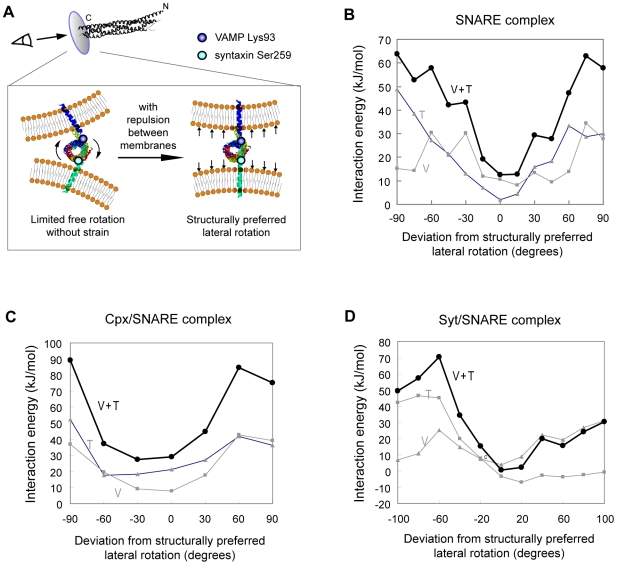Figure 2. The SNARE complex has a structurally and energetically preferred relative orientation between fusing membranes.
(A) Schematic of the structurally preferred orientation. Linker regions between the SNARE motif and TMDs are sufficiently short (∼7.5 Å and ∼0 Å) compared to the SNARE motif superhelix (which has a periodicity of ∼60 Å) and are α-helical continuation from it. During fusion, repulsion between opposing membranes aligns the VAMP and syntaxin TMDs roughly orthogonal to membrane surfaces. This thus aligns the Lys93-Ser259 axis also in the same line. Lys93 and Ser259 are the C-terminal ends of the SNARE motif in VAMP and syntaxin. (B) – (D) The energetically most favorable orientation exactly matches the structurally preferred orientation identified in (A). Interaction energies between two fusing membranes and (B) the SNARE complex, (C) the complexin/SNARE complex and (D) the synaptotagmin/SNARE complex were calculated at various orientations. V: SNARE's interaction free energy with a 40 nm-diameter vesicular membrane representing a typical synaptic vesicle. T: SNARE's interaction energies with a planar target membrane. V + T: sum of interaction energies with the v- and t-membranes.

